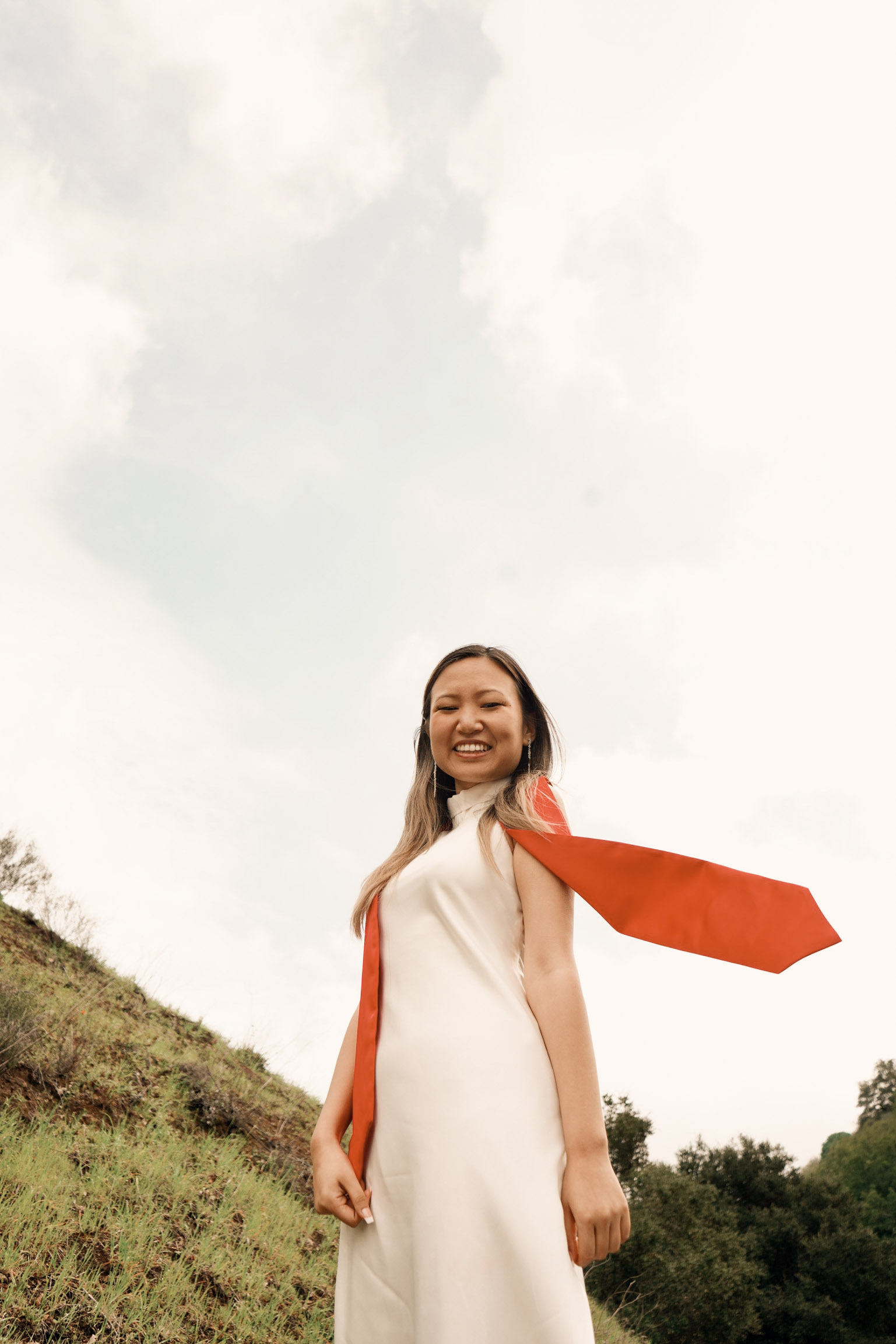On one of my first days at Stanford, as more than 1,500 of us gathered in Memorial Auditorium to discuss our assigned Three Books, I remember raising a shaky hand. “How can we, as transient students, meaningfully contribute to the local community and repair the disruptive impacts of our presence?”
How can we live here? What I meant was, what does it mean to accept life in a manicured oasis, stocked with every provision and convenience, in the middle of a housing and affordability crisis and rapidly deepening inequity in the Bay?
I wasn’t satisfied by the answer I received that day, and four years later, I know that maybe there wasn’t a good one in the first place. A bunch of eighteen-year-olds’ reading of “Silicon City” and the ills caused by gentrification couldn’t outweigh the heavy cloud of Stanford withdrawing its General Use Permit application just a few weeks later, in the process declining to support the workers whose labor literally create our community. I watched then, as upperclassmen activists learned the extent to which Stanford as an institution was willing to antagonize and wait out its own students, relying on turnover, disorganization and loss of institutional memory to advance its agendas.
Danez Smith, “i’m going back to Minnesota where sadness makes sense”: “at least in this land where the trees always bear green / I know something that does not die cannot be beautiful.” I wept when I read this poem about California on Arrillaga dining’s balcony earlier this year. It’s moments of recognition like this I crave, moments where we can admit to one another the hardness beneath the sun and polish, and the real work can begin.
I remember the moment in 2016 when Katie Baker at BuzzFeed published Chanel Miller’s initial letter to her abuser. I remember watching the campus outrage from afar, the unity in student voices shouting for justice. Despite the horrifying backdrop, this community-led ambition was, in large part, why I chose Stanford: I wanted to build and contribute to legacies that could outrun the institution’s flaws. I hadn’t known a world where young people wanted to and could demand better, and I saw Stanford as a place where people believed organizing could count.
How lucky, then, to have been at Stanford and have my political and spiritual consciousness shaped by the pandemic.
In many ways, Stanford has been a challenging place for me. I came to college wanting to bring the world to the classroom, but found the classroom and campus a world of its own, with a specific logic of class, normativity, ableism and privilege that was often detached from any real-world mandate. Though I had always imagined Stanford as a kind of meritocratic Olympic Village, with the brightest and most innovative young people in every field, I felt my world rapidly shrink to the few paths towards corporate leadership promoted at career fairs. Paradoxically, my Stanford pedigree, which was supposed to afford me maximal freedom against failure, constrained who I could imagine being, until I stepped away for my gap year.
That March, however, will stay with me as an example of the capacity for innovation and generosity that Stanford students collectively have. Against a backdrop of overwhelming fear and uncertainty, I found peers who got to work despite the chaos.
It was students who created spreadsheets, organizations and complex systems in a matter of days to help their classmates get on last-minute planes home or coordinate emergency housing. It was students who pooled and fronted money when platforms limited donation access, students who fundraised tirelessly, students who led monumental efforts to support furloughed service workers. And it was students who taught me what real tenacity and community looks like as I jumped in to help however I could.
What a gift, to see Stanford in action this way so early on. I don’t think I’ll ever forget it.
Like many in our class, it’s sometimes hard for me to look back at the disruptions to our college experience, to revisit the intersection between pre-pandemic life and freshman year and marvel at the possibilities that feel lost to circumstance. To feel engulfed by the acute loss of an institutional memory we never fully inherited but were uniquely tasked to keep. The feeling of spinning in place, each year a new crop of dating app startups and other technological interventions overfitted to the most Stanford of problems.
But during my three years at Stanford also emerged the blessings of so many unlikely memories. I got to thank Danez Smith for their poetry after opening for them and Fatimah Asghar with some of my best friends. Another friend and I went on local TV to talk about strikes and harms committed against marginalized students. And I received mentorship and support to pursue all manner of projects, from sonnets about Urumqi to interactive art about gentrification to creating my own newsroom software.
Most unexpectedly, I found ways to live here, despite the contradictions: where to pick the least astringent persimmons, which mosques to volunteer at at war’s end, how to host a meal plan dollar food drive with friends. I found ways to cut through the façade and find brilliant teachers in the courage of my classmates.
To my community, thank you for being a continuous source of placemaking and sustenance throughout the challenges. I hope I made you proud.
